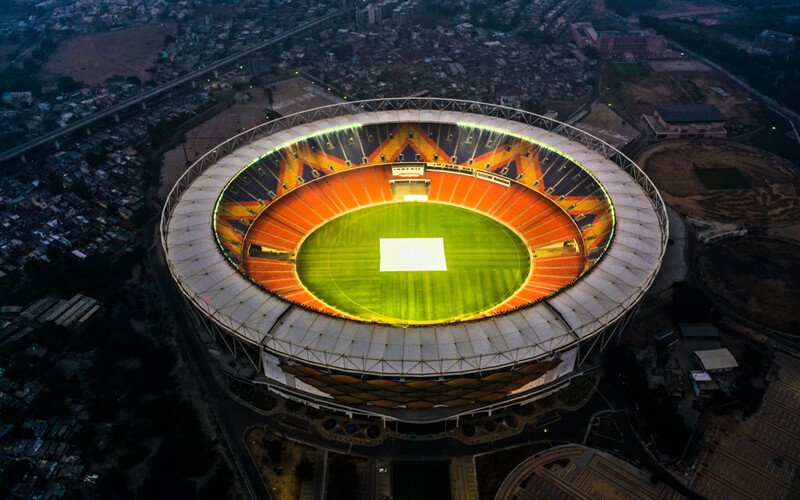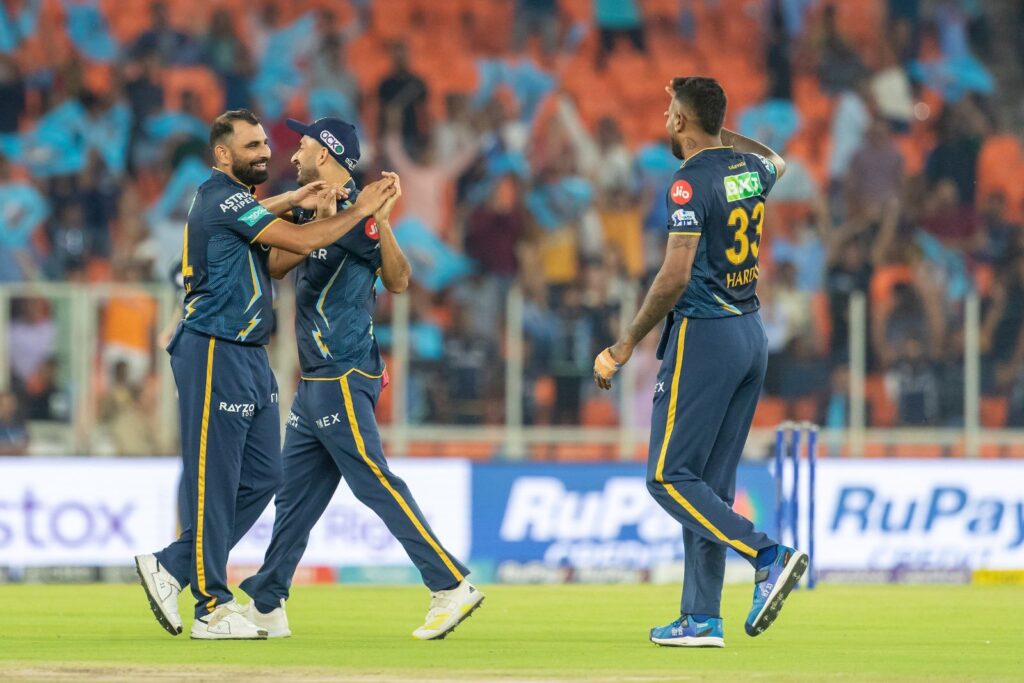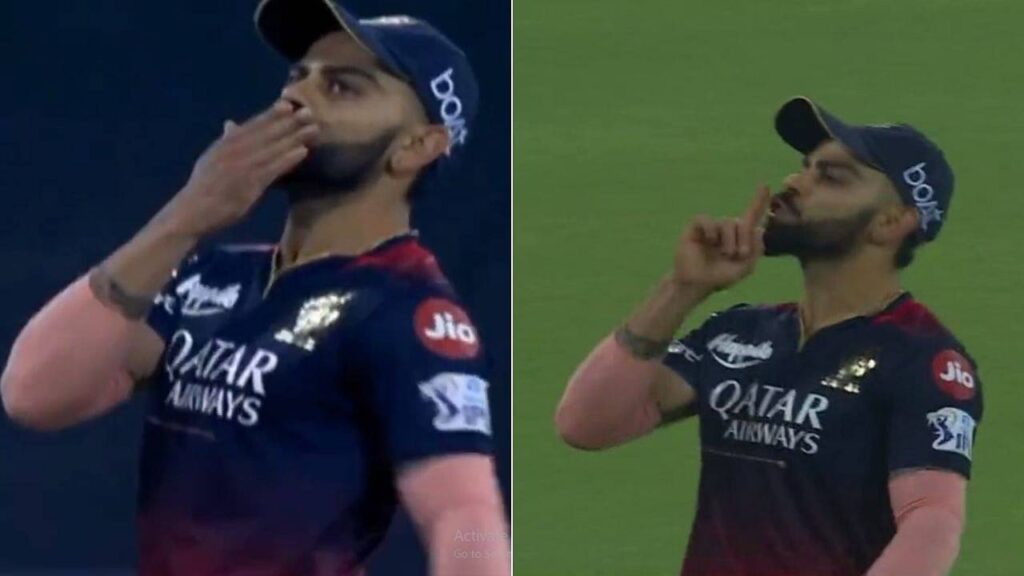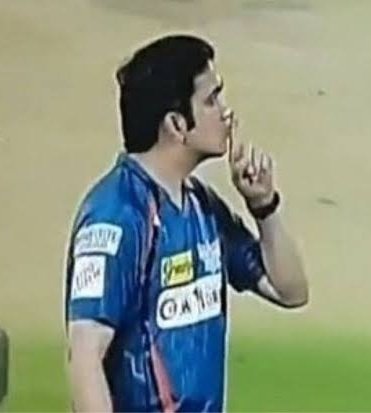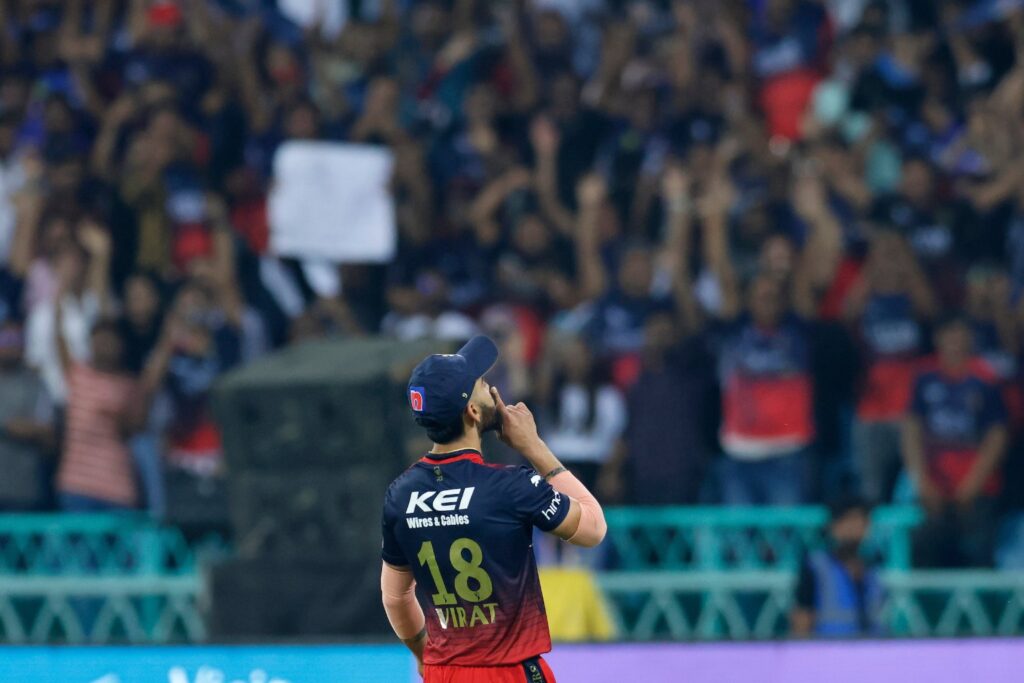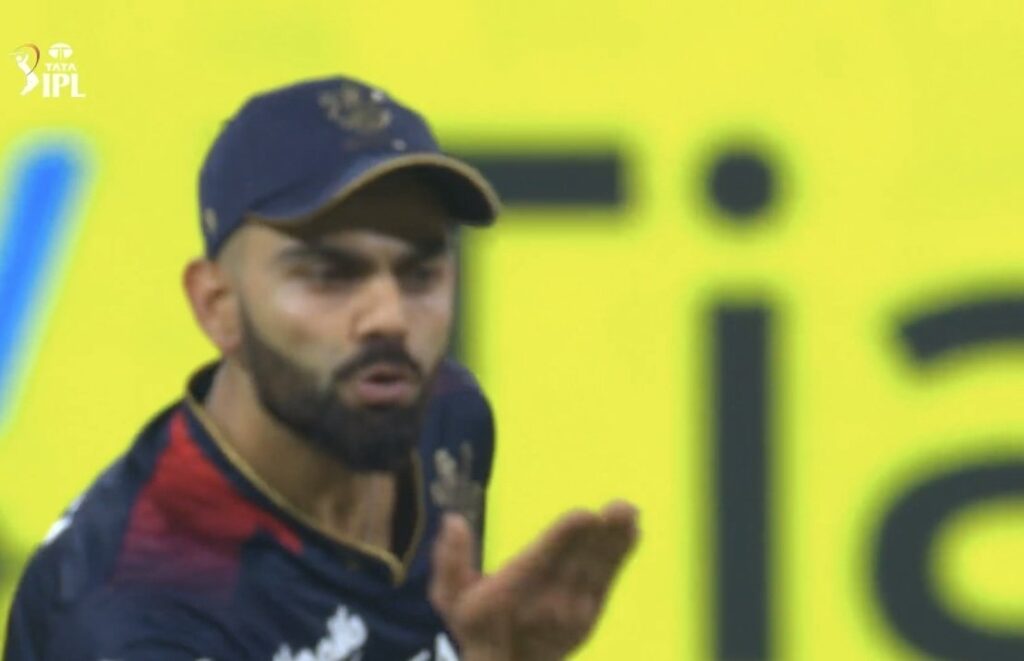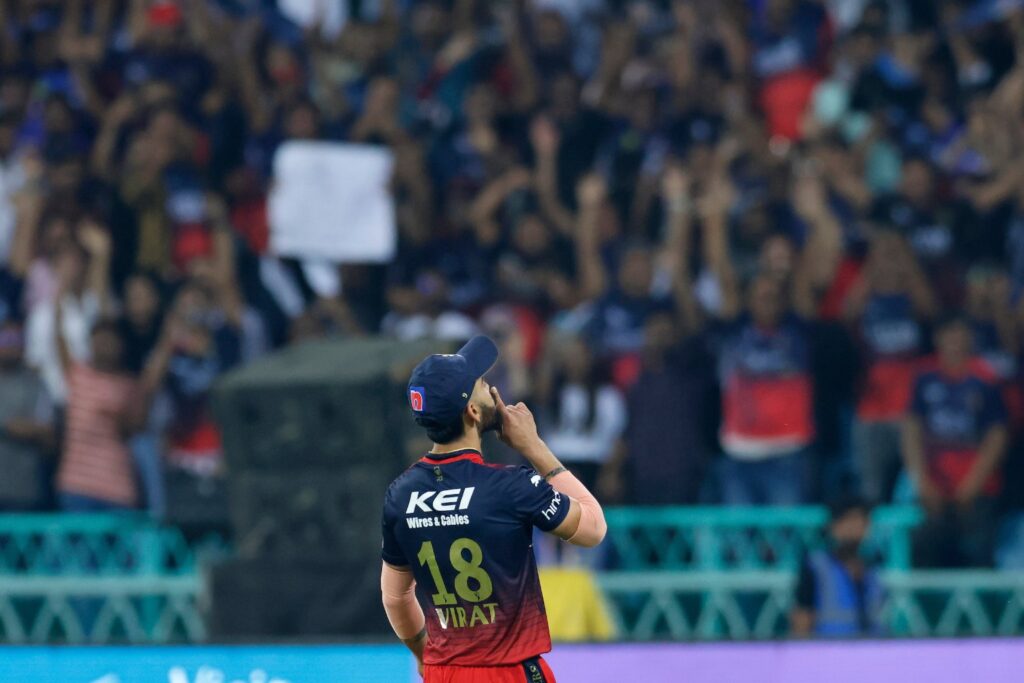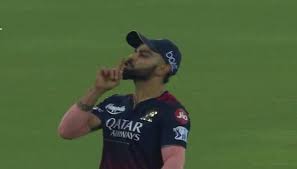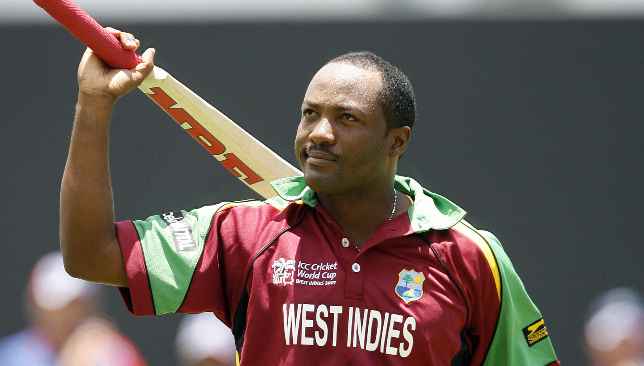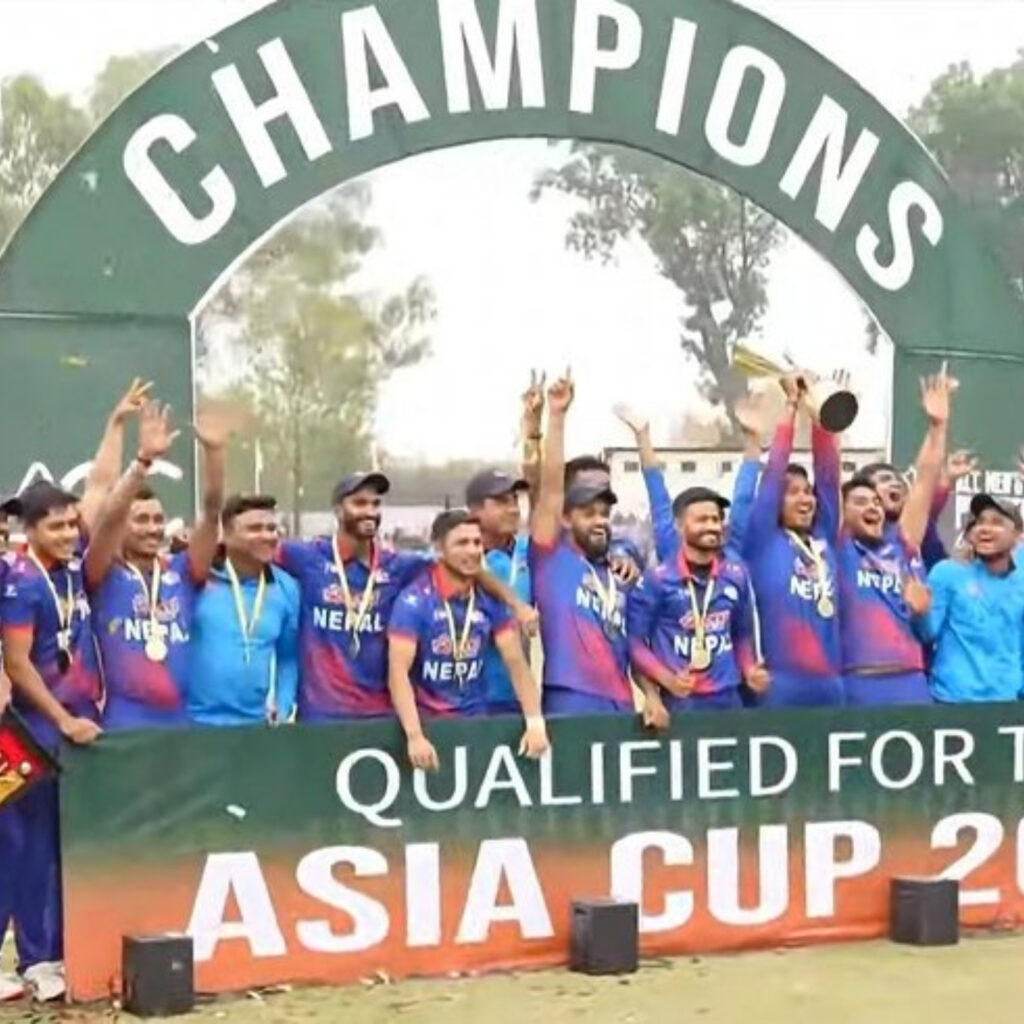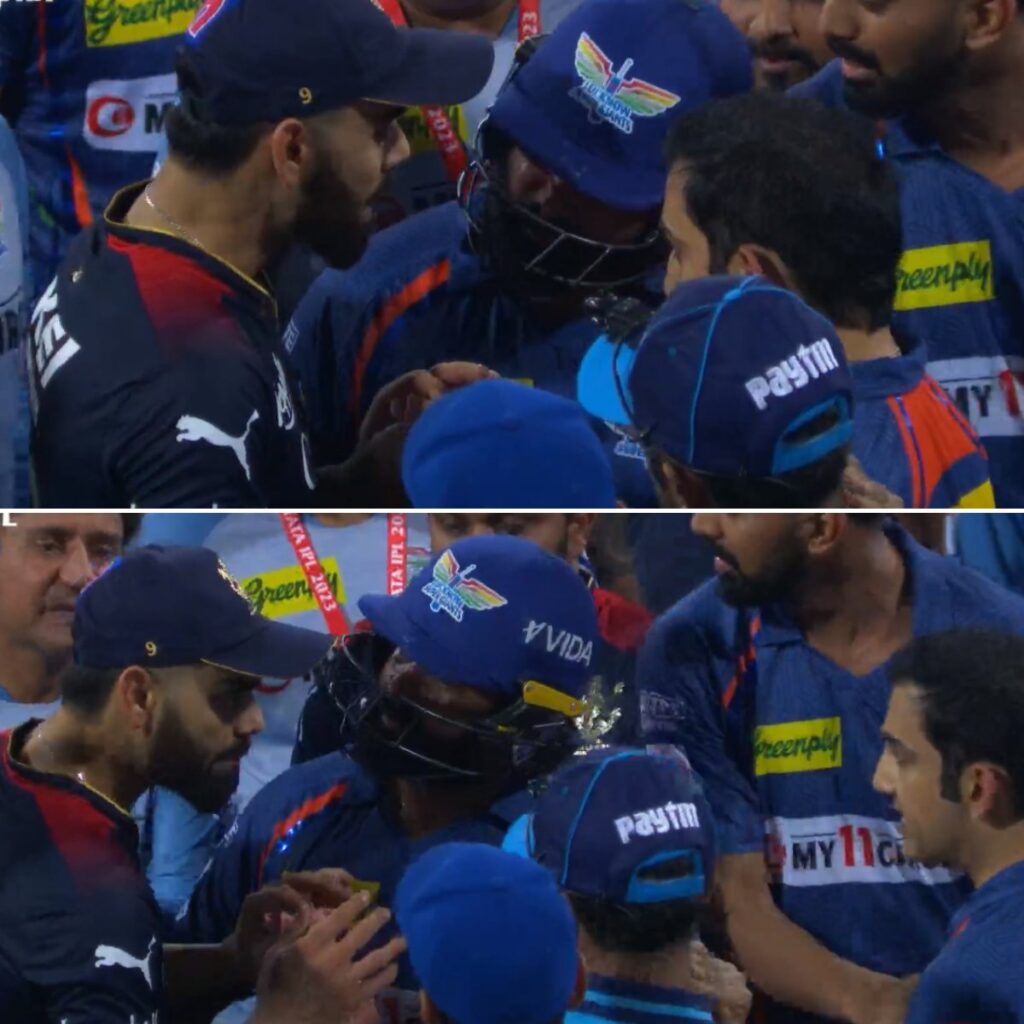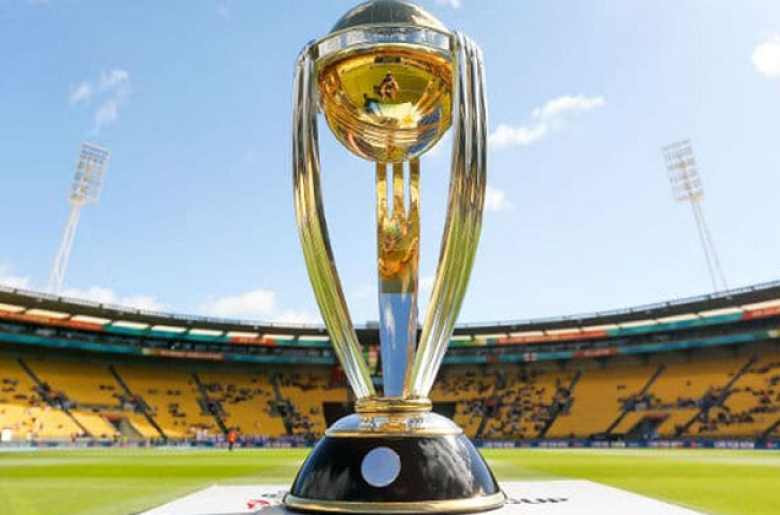
New Delhi, India: The Narendra Modi Stadium in Ahmedabad, India, will host the final of the ICC Men’s ODI World Cup 2023 on November 19. The tournament is expected to begin on October 5.
BCCI has shortlisted more than ten potential locations for the major event, including Ahmedabad. Bangalore, Chennai, Delhi, Dharamsala, Guwahati, Hyderabad, Kolkata, Lucknow, Indore, Rajkot, and Mumbai are some of the other locations.
According to ESPNcricinfo, the World Cup will span 46 days and feature 48 matches between 10 teams, with three knockout stages.
Other than the final, the BCCI has not yet decided on the exact locations of any games or the two or three cities where the teams will play their warm-ups. The delay is due to the challenges provided by the monsoon season’s gradual retreat in various parts of India.
The International Cricket Council (ICC) typically releases World Cup schedules at least a year in advance, but in this case it had to wait for the BCCI to obtain permission from the Indian government.
Since Pakistan’s national team hasn’t played in India outside of ICC events since early 2013, the article claims that obtaining a tax exemption for the tournament and obtaining visa clearance for the Pakistani team are the main hurdles.
It was reported last week that the BCCI promised the ICC at their quarterly meeting in Dubai that the Indian government would issue visas to the Pakistani team. The BCCI is obligated to inform the ICC of the Indian government’s official stance on the matter of tax exemption as soon as possible.
Three men’s events were awarded to India in 2014: the 2016 Twenty20 World Cup, the 2018 Champions Trophy (rescheduled to the United Arab Emirates and Oman due to the pandemic), and the 2023 One-Day International World Cup. The BCCI was “obligated” to assist the ICC (and all of its business partners involved in the event) in obtaining tax exemptions in accordance with the terms of the agreement.
The International Cricket Council (ICC) was warned by the Indian tax authorities last year that 20% of its broadcast earnings from the 2023 World Cup would be subject to taxation (excluding surcharges).
The BCCI notified its affiliates (state associations) that it will be “adjusted” against the Indian board’s share of ICC’s central revenue pool for any taxes “incurred” by ICC.The BCCI anticipated that the ICC would earn $533.29 million from broadcasting rights for the 2023 World Cup.
It estimated that a tax order of 10.92% would have a “financial impact” on the company of about UDS 58.23 million (the BCCI’s note incorrectly said that the sum was USD 52.23 million, given the percentages). If the tax component was 21.84%, as sought by the Indian tax authorities, that figure would more than quadruple to over USD 116.47 million.

